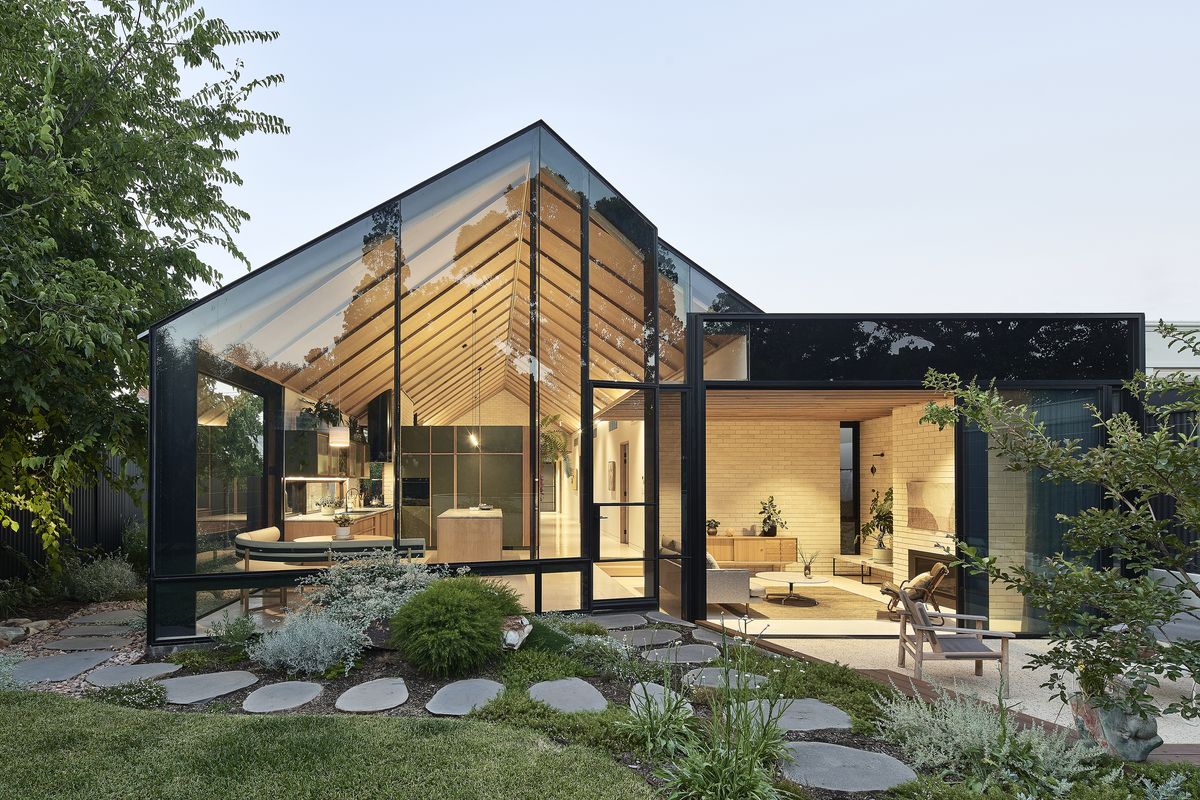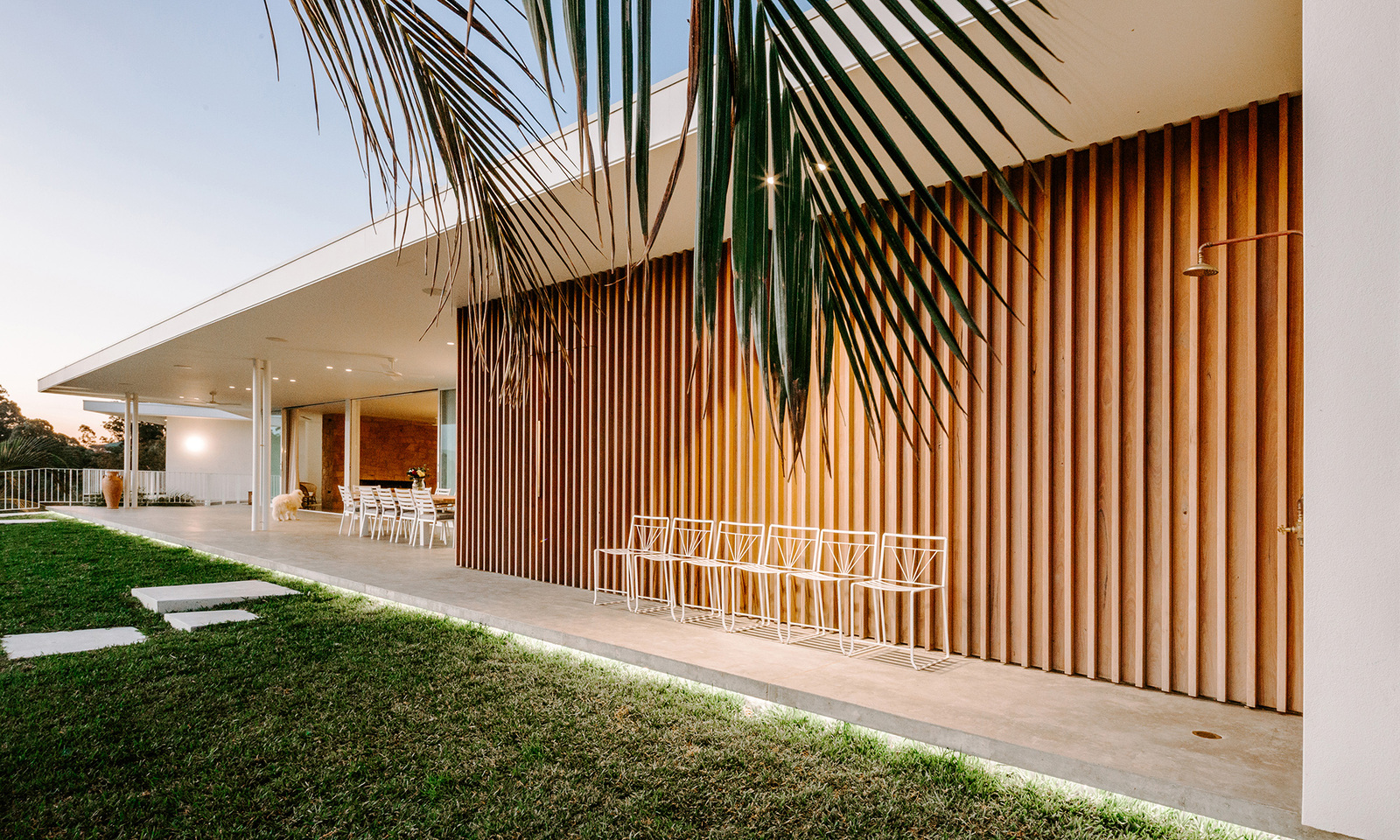Elevate Your Living Space with Residential Architecture Homes Crafted by Experts
Elevate Your Living Space with Residential Architecture Homes Crafted by Experts
Blog Article
Top Fads in Residential Style You Should Find Out About
As household architecture continues to progress, a number of engaging trends are forming the way we design and occupy our living rooms. Secret developments such as lasting building techniques, the combination of smart home innovation, and the surge of modular homes highlight a considerable change in the direction of both capability and ecological responsibility.
Sustainable Structure Practices
A boosting variety of domestic tasks are welcoming lasting structure methods, driven by a growing understanding of ecological influence and power efficiency. This change is identified by the integration of environment-friendly materials, energy-efficient designs, and cutting-edge building techniques. House owners and building contractors are progressively prioritizing the usage of renewable sources, such as bamboo and recycled metals, which not only reduce the carbon footprint however additionally boost the longevity and visual charm of residential or commercial properties.
Incorporating energy-efficient systems is another important facet of sustainable structure - residential house architect. Features such as high-performance insulation, energy-efficient home windows, and photovoltaic panels are coming to be standard in new residential styles. These elements not only contribute to lower power intake yet likewise supply considerable long-term financial savings for homeowners
Moreover, the design of lasting homes usually stresses all-natural light and ventilation, decreasing the dependence on fabricated lights and environment control systems. Landscaping methods, such as xeriscaping, more advertise sustainability by lessening water usage.
As the need for sustainable living options remains to rise, the domestic architecture sector is poised to adapt and introduce, guaranteeing that future homes are not just environmentally liable yet useful and additionally comfy for their passengers. - residential house architect
Smart Home Innovation
Smart home technology is changing the method homeowners interact with their space, enhancing protection, ease, and power administration. This cutting-edge approach integrates different tools and systems, allowing users to regulate their homes from another location or through automated procedures. Central to this pattern is using smart gadgets such as thermostats, illumination, safety cameras, and home appliances, all connected through the Net of Points (IoT)
Among one of the most enticing features of clever home innovation is the capability to personalize settings for optimum energy efficiency. Property owners can keep an eye on energy use and change home heating, air conditioning, and lights based on their regimens, dramatically minimizing energy expenses. Furthermore, sophisticated safety and security systems furnished with smart locks and surveillance video cameras supply comfort, enabling remote surveillance and signals to potential safety violations.
Assimilation with voice-activated aides boosts individual experience, permitting homeowners to manage tools with straightforward voice commands. As technology remains to evolve, the potential for clever home systems to enhance quality of life expands, making them an essential factor to consider in modern-day domestic style. Ultimately, smart home innovation is not just a pattern yet a fundamental change toward much more intelligent living environments.
Open Principle Living
Open up idea living has actually emerged as a defining attribute in modern residential style, defined by the elimination of traditional obstacles in between areas. This layout ideology advertises fluidity and connection within the home, permitting a smooth transition in between areas such as the cooking area, eating, and living rooms. By removing dividings and walls, open principle designs create a sense of space, cultivating an inviting atmosphere that boosts social interaction.

In addition, this strategy to household style lines up with minimalism, concentrating on practical simplicity and visual comprehensibility. Home owners value the adaptability of these formats, which can be easily adjusted to mirror personal design with furnishings plan and decor. As open principle living continues browse this site to obtain grip, it continues to be a testimony to progressing household characteristics and the desire for homes that boost connection and convenience.
Biophilic Style
Biophilic design has ended up being progressively considerable in residential architecture, emphasizing the innate connection in between people and nature. This design ideology seeks to incorporate natural components into living areas, consequently fostering a feeling of well-being and enhancing the lifestyle for residents. By integrating functions such as natural light, greenery, and natural products, biophilic design advertises a harmonious relationship in between indoor environments and the natural world.
Crucial element of biophilic design include large windows that supply unblocked sights of exterior landscapes, living walls that present plant right into interiors, and open floor strategies that encourage air flow and natural light infiltration. Water attributes, both within and outside the home, serve to produce comforting ambiences and improve sensory experiences.
Moreover, making use of lasting products not only supports ecological stewardship but also adds to healthier indoor air quality. As understanding of ecological issues increases, home owners are increasingly focusing on designs that mirror their connection to nature. In essence, biophilic style not just boosts aesthetic charm however likewise addresses psychological and psychological requirements, making it a vital fad in modern household architecture.
Modular and Prefab Homes

Additionally, modular and prefab homes are designed with sustainability in mind. Several suppliers utilize energy-efficient systems and green products, such as solar panels and progressed insulation techniques, adding to decreased power consumption and lower energy costs for home owners. The flexibility of layout options enables customization, catering to varied aesthetic choices and useful needs.
As the demand for affordable real estate remains to climb, prefab and modular homes offer a practical solution, dealing with both financial and ecological challenges. Neighborhoods are progressively identifying the capacity of these frameworks, incorporating them right into urban and country settings. In general, the fad toward prefab and modular homes represents a shift toward much more lasting, reliable, and adaptable living settings, making them a pivotal facet of contemporary domestic architecture.
Conclusion
Lasting building practices and clever home technologies boost performance and convenience, while open concept living and biophilic layout foster social this link interaction and a This Site link to nature. The surge of modular and prefab homes provides personalized and inexpensive remedies, mirroring a more comprehensive change towards functional and liable living.
Trick developments such as sustainable structure practices, the combination of wise home technology, and the rise of modular homes highlight a significant change towards both performance and environmental responsibility.The increase of prefab and modular homes has actually changed the property architecture landscape, providing cutting-edge solutions for reliable and sustainable living.In addition, prefab and modular homes are developed with sustainability in mind. Overall, the pattern towards modular and prefab homes symbolizes a change towards more sustainable, efficient, and adaptable living settings, making them a critical facet of contemporary domestic architecture.
Lasting structure methods and wise home innovations enhance efficiency and convenience, while open concept living and biophilic style foster social communication and a link to nature.
Report this page